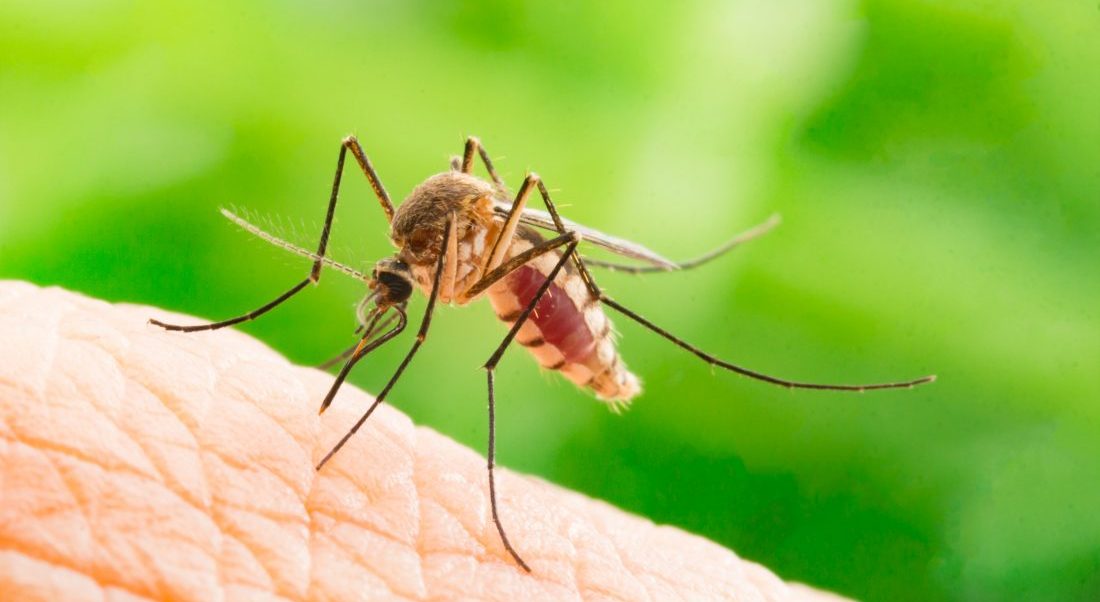
Yellow Fever remains as relevant to travellers today as it was back in the 1700’s when it was first described. There was a documented outbreak in Philadelphia (US) in 1793 resulting in 5000 deaths. It was later blamed for the abandonment of the first attempt by the French to build the Panama canal in the late 1880’s due to the death of more than 50000 workers from liver failure and yellow jaundice, thus leading to its name. Once it was discovered to be transmitted by mosquito bites and control measures put in place, death rates dropped and construction was finally completed over 100 years later in 1903.
A vaccine for Yellow Fever was developed in 1951 and soon after the WHO instilled controls for border crossings to stop the spread of the disease. These controls are still in place today and travellers to parts of South America and Central Africa are required to show a certificate on entry and exit, both to protect themselves and others. To a greater extent this control has been successful in preventing spread to other areas but especially to Asia.
Two recent large scale outbreaks have put pressure on vaccine availability. One in Angola and one in Brazil more recently have reminded us how important this illness can be.
Recent changes from the WHO have recommended that the vaccine provides lifelong protection which is good news for travellers. It also highlights how important it is to keep the certificate safe.
The vaccine has a very good safety record over decades. There are some travellers who should not be given the vaccine because of other health issues or medications. There are also known rare but significant side effects mainly in older travellers, which means that the decision to vaccinate can sometimes be tricky. It should be used carefully by doctors specialised in Travel Medicine who have experience in giving the vaccine.
A recent discovery of monkeys affected by the virus in Sao Paulo state, Brazil, has resulted in the closure of some national parks and WHO is now recommending vaccination for travellers to the city of Sao Paulo.
Dr David Rutherford